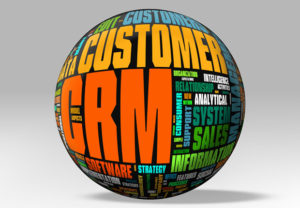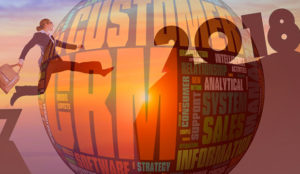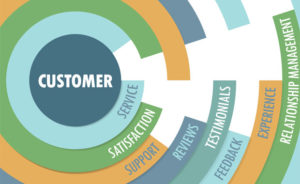
Social media and its close relative, social CRM, allow you to connect with customers in new and meaningful ways, on a greater scale and at a greater velocity than ever before.
When it’s done right, that is.
When it’s done wrong, like anything in this era of increasingly automated communication, your mistakes are amplified and intensified by customers who now have the ability to reflect your failure to their peers.
That possibility of a major social faux pas has some business leaders living in fear. They keep a tight rein on what their employees can do, and they allow opportunities to connect with customers to pass. That’s a shame, because avoiding social CRM failure is pretty easy.
I boil it down to three P’s: people, policy and paying attention.
Failing to Plan is Planning to Fail
“People” refers to the employees you task with social media roles. That can be a very broad group of folks, considering how many people have blogs or comment about their jobs on Twitter, Facebook and other sources. You need to hire wisely and assign employees to roles carefully; these should be people you trust.
“Paying attention” means the devotion of time and talent to listening to what’s being said about your business, in response to your business, and about your customers. It also means paying attention to what’s going on in your industry, your business and the world to ensure that you don’t say the right thing at the wrong time.
“Policy” is what I want to focus on here. It’s the one element that businesses have the most control over — they can write their policies, explain them to employees, and enforce them without worrying about the variable of the customer.
Sadly, most businesses don’t bother with policy. They let their employees’ use of social media evolve without any input from leadership. Then, when things go awry, the leadership blames the employees. That may make people at the top feel better, but it does nothing to safeguard the company against a future disaster.
Don’t Wait for a Social Disaster
What you should do now — not after a social media meltdown — is create a social media and social CRM policy. It doesn’t need to be a long document. In fact, shorter is better, since you want you employees to read and internalize it, and because you’ll need it to be flexible, since it’s unlikely the social space will remain unchanged for long.
What should be in this policy?
The basics: Employees need to have it made clear that their behavior in social media needs to remain professional when they’re representing the business, and if you have a definition of what that entails, put it in there. You might also want to include procedures for routing social media messages about the company to the right part of your business.
For example, do your employees know where in your business they should steer a tweet about a customer service issue? How about a discussion forum thread asking about the differences between your company and two of your competitors?
Without codifying the process for getting the right people involved in these discussions, you can’t expect your employees to handle them on an ad hoc basis.
The other thing to include in this policy is a reminder: If you’re blogging about your work, that’s great, but don’t spill the beans too early. By providing an early stage preview of what’s coming from his company, a developer writing excitedly about a feature he’s working on for a software application is a real boon to his company’s competitors. Let everyone know that there are deadlines, embargoes and release dates for a reason.
When Your Social Manager Leaves
Those are useful things for the employee policy. However, you also need another set of policies for managing your social channels.
Have you developed processes for managing access to blogs, Twitter accounts, Facebook pages or discussion forum administrator roles? What happens when someone tasked with such a role leaves or is asked to leave? Many companies have to start from scratch as the passwords leave with the employees. Others take a hit when their social media accounts continue under the control of ex-employees until they can shut them off (by working through the social media provider, a difficult and uncertain process).
Here’s an example: A blogger working for a tech company was laid off, but his erstwhile employers had never developed a policy about what they would do when people managing social media channels were let go. The blogger went home, accessed the blog — and wrote a pleasant farewell post. That blogger could have caused significant mayhem in any number of ways, but there’s no reason his former company should have invited that risk.
Your business has policies for almost every eventuality. Why would you allow social media, with its ability to reach unprecedented numbers of customers and potential customers, to be the one area you make up as you go along?
Think about your employees, your use of social media and the ways you move social media information into CRM, and write a policy that makes sense for you.
























































